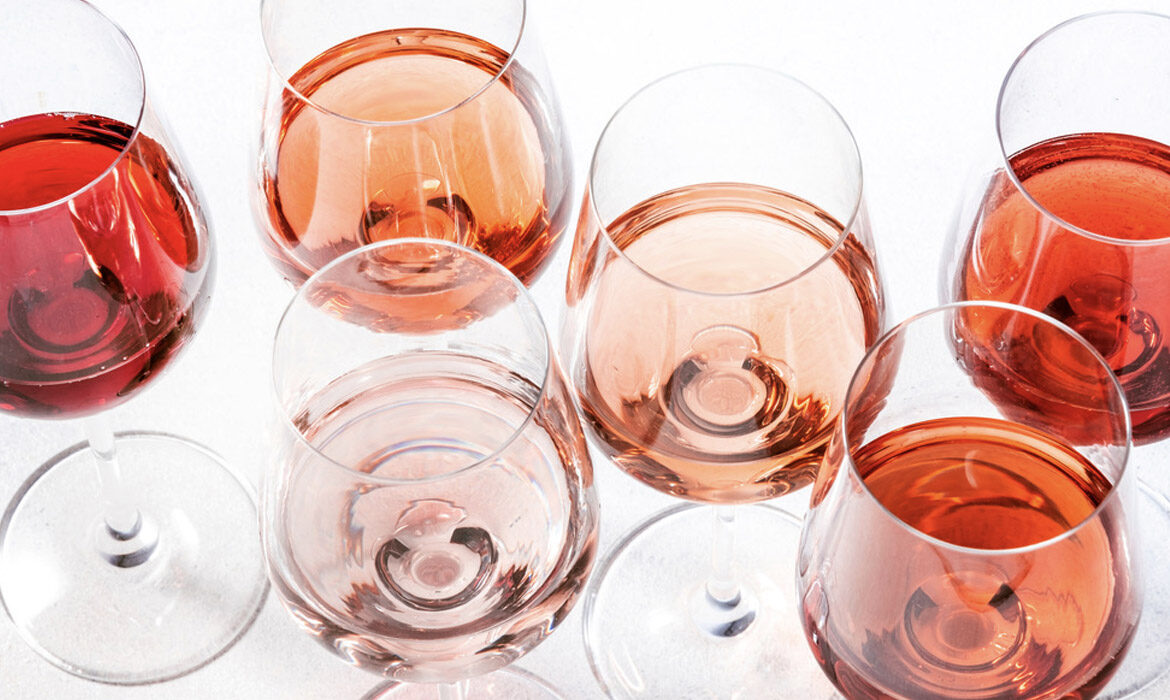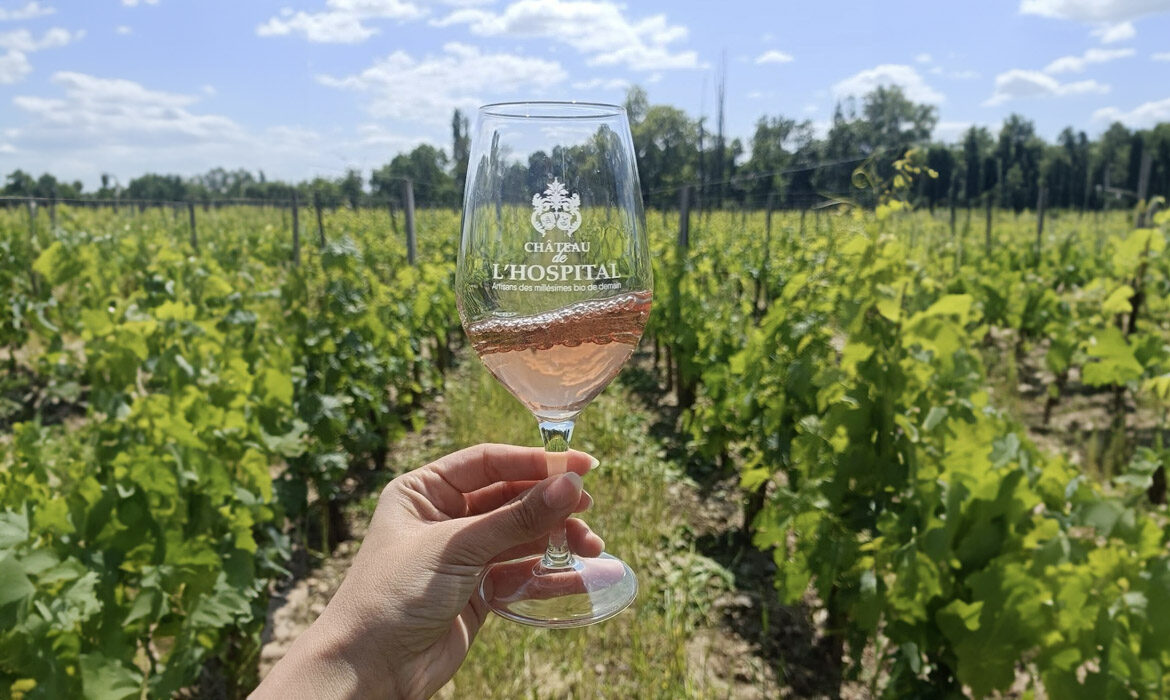The consumption of rosé wine has grown by 53% in the last 15 years in France. According to The Connection magazine, each adult in France drinks an average of 20 bottles a year. Today refined wine enthusiasts, millennials, and women alike chose rosé because its balanced, not as heavy as a red and not as light as a white. It’s crisp and light nature make it approachable to anyone!
However even within the rose category itself, there is immense diversity. From light to dark, and sweet to dry, it’s not always easy making the right choice. We are here to give you some tips on how to choose a delicious rosé this summer!
1. Keep an eye on the vintage
Remember when your dad would order a bottle of wine and look at the year it was made? Not all wine appreciates with time. In fact, the majority of wine should be enjoyed not long after bottling. Your average red wine has about a 5 year lifespan, and your white has just 2 to 3.
In the case of rosé wines, it is typically recommended to crack open the bottle within 2 years. Rosé wine’s appeal lies it its fresh fruity flavor, and the more it ages the more those flavors begin to fade.
2. Study the color
A rosé wine can range in color from light to opaque, and even from pale pink to deep orange to dark purple. The color of the wine gives us important information on the flavors and aromas to expect.
A good rule of thumb is that, generally, lighter rosés are dryer (less sweet) and darker rosés are sweeter and more full-bodied. Additionally a lighter, paler, more transparent color indicates fruity and citrus notes, the darker shades of an intense rosé usually denote strawberries and red fruits.
3. Check out the alcohol content
Rosé wine has the same 12% alcohol by volume (ABV) as its red or white counterparts. The difference is that the grape skins in rosé are only exposed to grape juice for a short time during fermentation, which gives the wine its characteristic pink color.
An easy way to spot a low alcohol wine is to check the back of the bottle. Look for an ABV of less than 12.5% if you don’t want a nasty hangover the next day. Try wines that are produced in New Zealand, Germany, Northern Italy, and Northern France, as these regions have cooler climates which naturally produce lower sugar levels in grapes.
Typically, the lower the alcohol content, the less sweet the wine is.
4. Look at where it came from
The place where the wine was produced plays an important role in its flavor; each region has its own distinct characteristics.
Bordeaux, for example, is known to home some of the most renowned vineyards in the world for two reasons: its soil and climate. The gravel soil in Bordeaux allows for excellent drainage, a crucial aspect of the grape growing process, while the warm humid temperature and high amounts of sunlight encourage photosynthesis.
Rosé wine in Bordeaux is fresh and fruit forward, balanced, light pink in color and often exuding fruity aromas.
Where can you find the best rosé wine?
The southeast region includes Provence, a region of excellence for rosé. Provence produces more than 80% of rosé wines from its entire wine production.
Now you’ve got all the tips you need to choose the perfect wine. Don’t forget to order a bottle of Rosé de L’Hospital, summer’s favorite wine!


